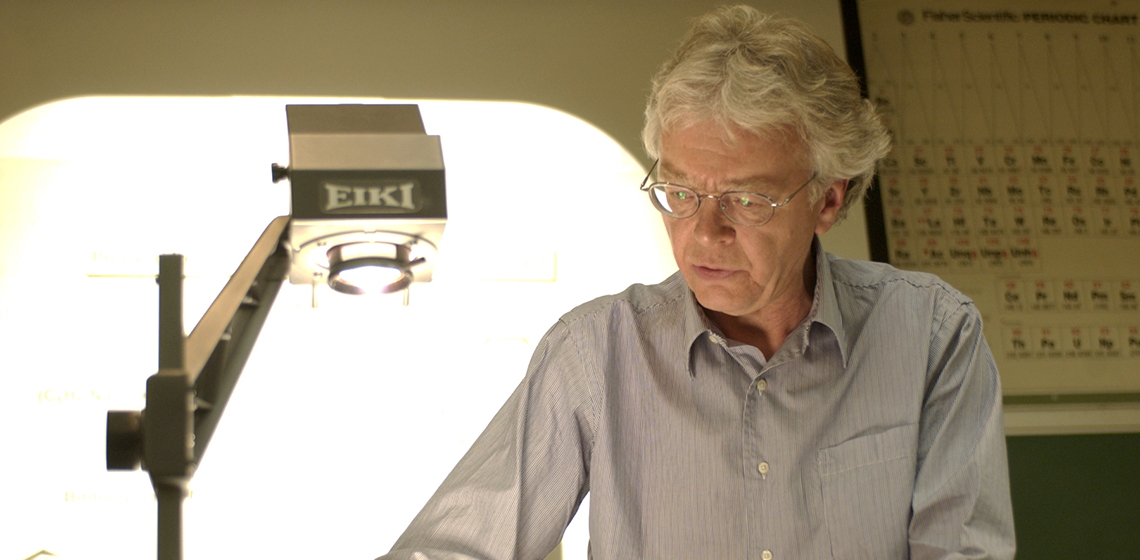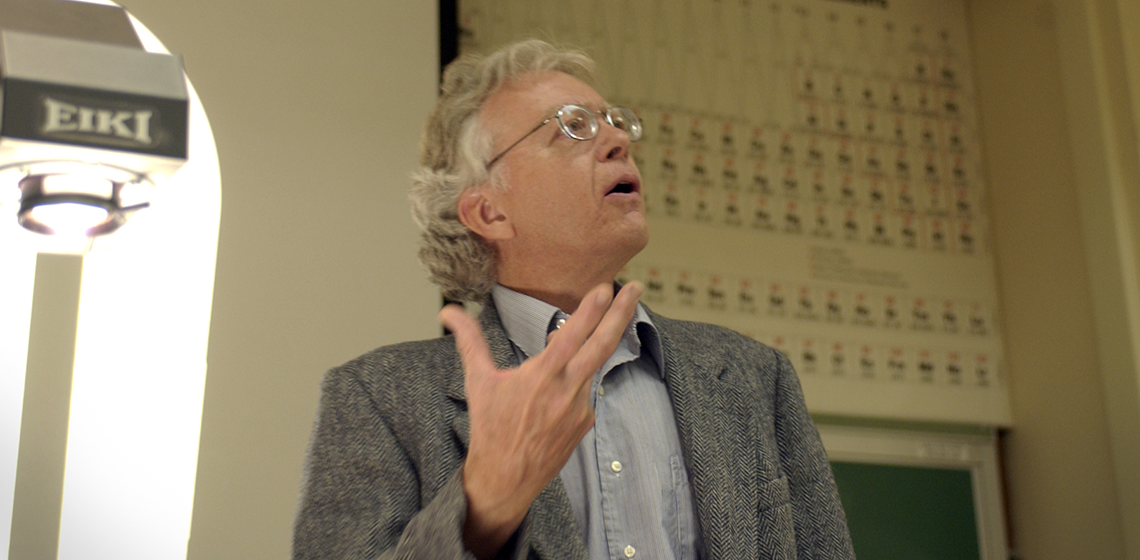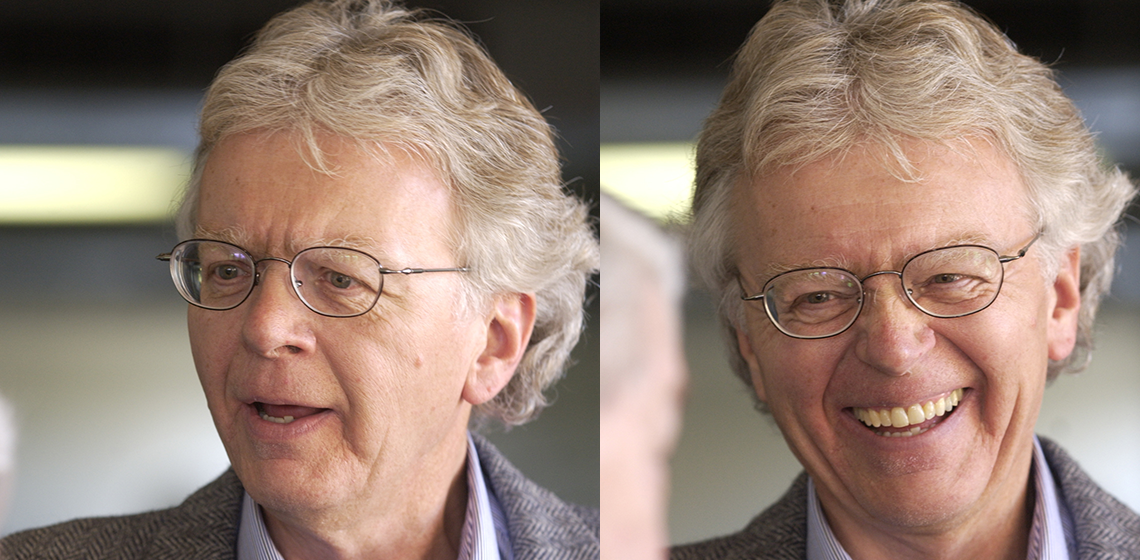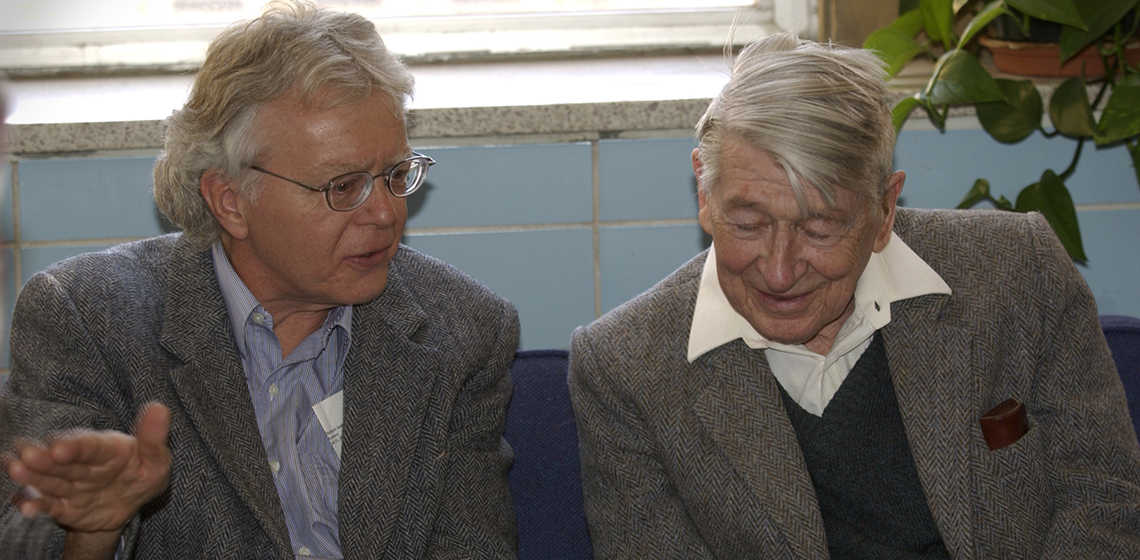Professors of Chemistry John Arnold and Don Tilley, from UC Berkeley's College of Chemistry, have served as guest editors on a recent web publication of scholarly articles about the research and teaching of Professor Richard Andersen. Arnold is Chair of the Editorial Board for the Journal Dalton Transactions. Tilley is currently associate editor for the journal of Chemical Communications. On the occasion of Andersen's 75th birthday, they invited his colleagues and former students to submit articles about his contributions to inorganic and organometallic chemistry for a special joint publication between the two journals.
Andersen did his Ph.D. work at the University of Wyoming with legendary organometallic chemist Geoffrey Coates. On October 17, 1973, the day it was announced that Geoff Wilkinson and E.O. Fischer would share the Nobel Prize in Chemistry, Wilkinson sent a letter to Andersen indicating his intention to hire him as a postdoc. Andersen started his career at Berkeley in 1976. He established several initial research lines of enquiry including the organometallic chemistry of metal-metal multiply bonded compounds and f-metal chemistry.
Arnold and Tilley state in their introduction, "Among his many collaborations, one of the most important was with his colleague Bob Bergman. A number of former Berkeley Ph.D. students have had the good fortune to have both as mentors, including John Hartwig, Pat Holland, and Kris McNeill. A common theme in the research was metal-ligand multiple bonding, a strong interest that has defined a number of Andersen's studies in d- and f-block chemistry."
"There are a number of contributors to this special issue. Andersen's high scientific standards and colorful means of expression have guided and inspired generations of researchers passing through Berkeley. He is respected as a faculty member who readily contributes time and energy as an eager consultant and sounding board, and students relate to him because of his youthful passion for chemistry, and because throughout his career he has maintained his own synthetic projects at the bench. Appropriately, one of the contributions to this dedicated issue, by Andersen’s former student Joanne Stewart and coauthors, focuses on his legendary skills as a teacher and mentor."
The editors said, "Dick Andersen is truly one of the remarkable figures in inorganic chemistry, whose enigmatic and colorful personality lends a unique flair to his science."
Photos courtesy of University of Wyoming Department of Chemistry.




